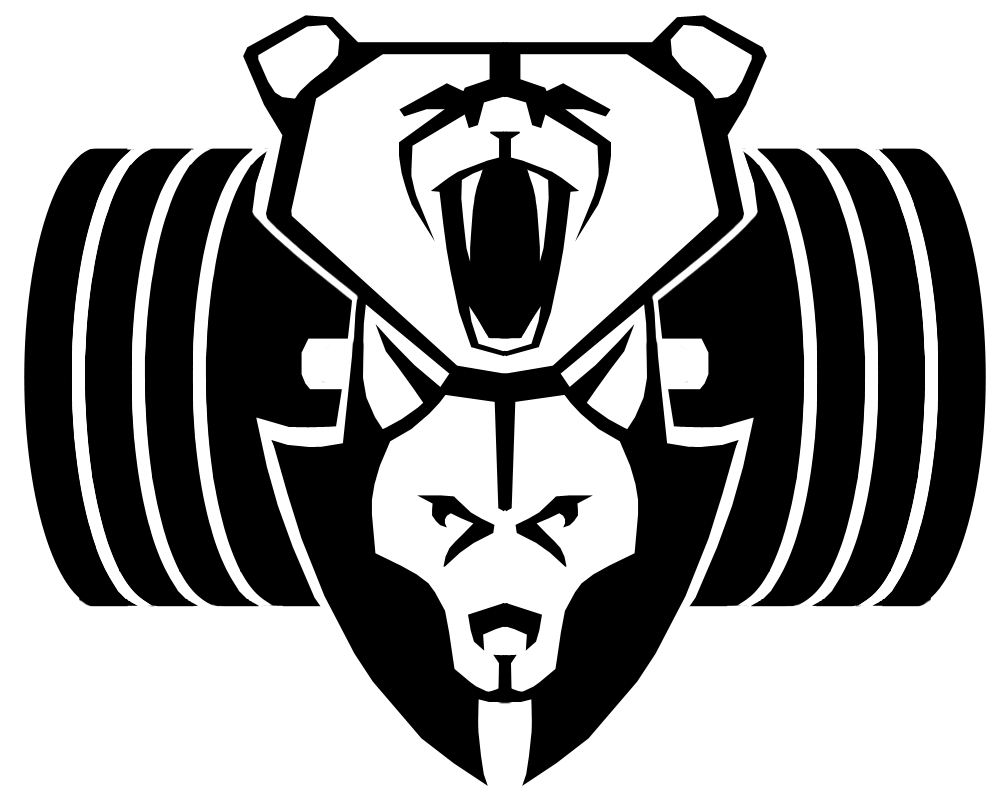MUSCLE GROUPS
It is really important that over your training plan, we train all of the muscle groups in the body.
There are over 650 named muscles in the human body, all of which have Latin, complex-sounding names. But for most people looking to get fitter and stronger, you probably only need to know around 10, general groupings that aren't too complicated to remember.
Our muscles all work in coordination with each other without us really having to think too hard about it. This co-ordination has a bit of room for error, but if we let it, the balance can be thrown off. Muscles that don't get used, say be sitting at a desk too much, can develop weaknesses, whilst those that get used frequently, sustain or even strengthen. This can create imbalances that can affect posture, the likelihood of injury or even visual differences.
We want your body to flow and have a strong, coherent look and feel to mitigate any of these negative effects.
In order to do this, we associate muscle groups with movements. To get your best results, it's important to know what muscles should be at play when you perform a given exercise. This allows you to focus your effort into the moving parts and lock-down anything that shouldn't be staying still.
This is also a useful skill in identifying if you are performing an exercise correctly. If you come out of a shoulder exercise and feel it in your lower back instead, then you are probably doing it wrong!
There are two types of exercises when it comes to muscle groups.
COMPOUND
These are exercises that work lots of muscles at once. These tend to give you more bang for your buck. Each rep will be stronger (as there are more muscles to contribute) and expend more calories (as the movements tend to be larger and require more energy).
ISOLATION
These are an exercise that targets a single specific exercise. Most people only really need isolation exercises to rebuild strength to cover an imbalance.
The movements (made up of compound and isolation exercises) are as follows:
PUSHING
These are movements where the target muscles in the upper body contract in order to move the weight, or a fixed point, away from you.
Muscles Worked
Chest, Triceps, Shoulders
Examples
Bench Press, Dips, Press Ups, Overhead Press.
PULLING
These are movements where the target muscles in the upper body contract in order to move the weight, or a fixed point, towards you.
Muscles Worked
Upper Back, Biceps
Examples
Pull Up, Ring Row, Bent Over Row, Bicep Curl.
SQUATTING
These are your typical leg exercises that tend to focus more on the front of the upper leg but often do crossover to the back.
Muscles Worked
Quads, Hamstrings, Bum
Examples
Squats, Lunges, Step-ups.
HINGING
These are your typical leg exercises that tend to focus more on the back of the upper leg and lower back.
Muscles Worked
Hamstrings, Bum, Lower Back
Examples
Deadlifts, Good Mornings, Kettlebell Swing.
SUPPORT MUSCLES
Now, these muscles often get worked as a bi-product of other exercises. But we can also target them specifically to build strength that helps us with larger exercises.
Grip
Because if you can't hold onto weight, don't expect to do any reps with it.
Core
Because if you can't get stable, don't expect to control a movement.
Calves
Because being able to run and jump is a strength worth having!
This is a general breakdown of movements, designed to give you a basic understanding - so there are plenty of exercises that can crossover and some that don't fit neatly into this categorisation. Don't worry about it!
If you perform an exercise and have no idea where you are meant to feel it - please ask us!
For the vast majority of the population, working all of these movements/muscle groups is ideal every session. This will allow you to work them at a higher frequency and not leave them resting for longer than they need. You may have heard of professional athletes (particularly bodybuilders) breaking the muscle groups down into separate training sessions. But their goals are often aimed around refining and far more specific.
While we can learn from athletes and apply certain elements, we should not mimic them exactly. Different circumstances, goals and lifestyles mean it will not yield the results you likely desire.
